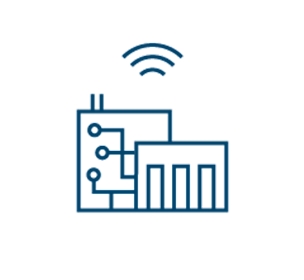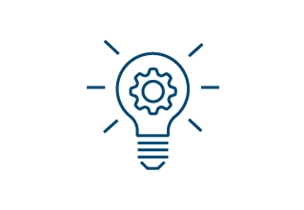Digital and sustainable innovation
Your organisation can use technology to work smarter, optimize your capacity, cut waste, improve sustainability and keep critical assets safe. With clear data, clear decisions and clear improvements, you can move faster - with more confidence.
Making complexity simple
Digital and sustainable transformation can feel overwhelming. You’re dealing with operations, data, safety, energy use and regulations at the same time.
Am I optimizing my capacity?
Is your asset healthy - or at risk?
Where can you reduce energy or emissions?
Which issues need attention now?
What’s the smartest step forward?
Our role is to make these answers easy to see, understand and act on.
What we are experts in
You get specialists who help you make sense of your data, systems and daily work, and turn it into clear priorities and practical next steps you can act on. You get a clear view of your situation, including potential hidden issues - why it matters, and what to do next to improve performance, unlock capacity - keep operations safe, stable and sustainable.
FAQ

Infrastructure
/Service
Turn monitoring, data and daily operations into clear insights.

Production
/Service
Find hidden capacity, reduce losses and make confident decisions with data clarity

Meet the team and book an expert
/Page
Get help merging digital transformation and sustainability with expert insights.


